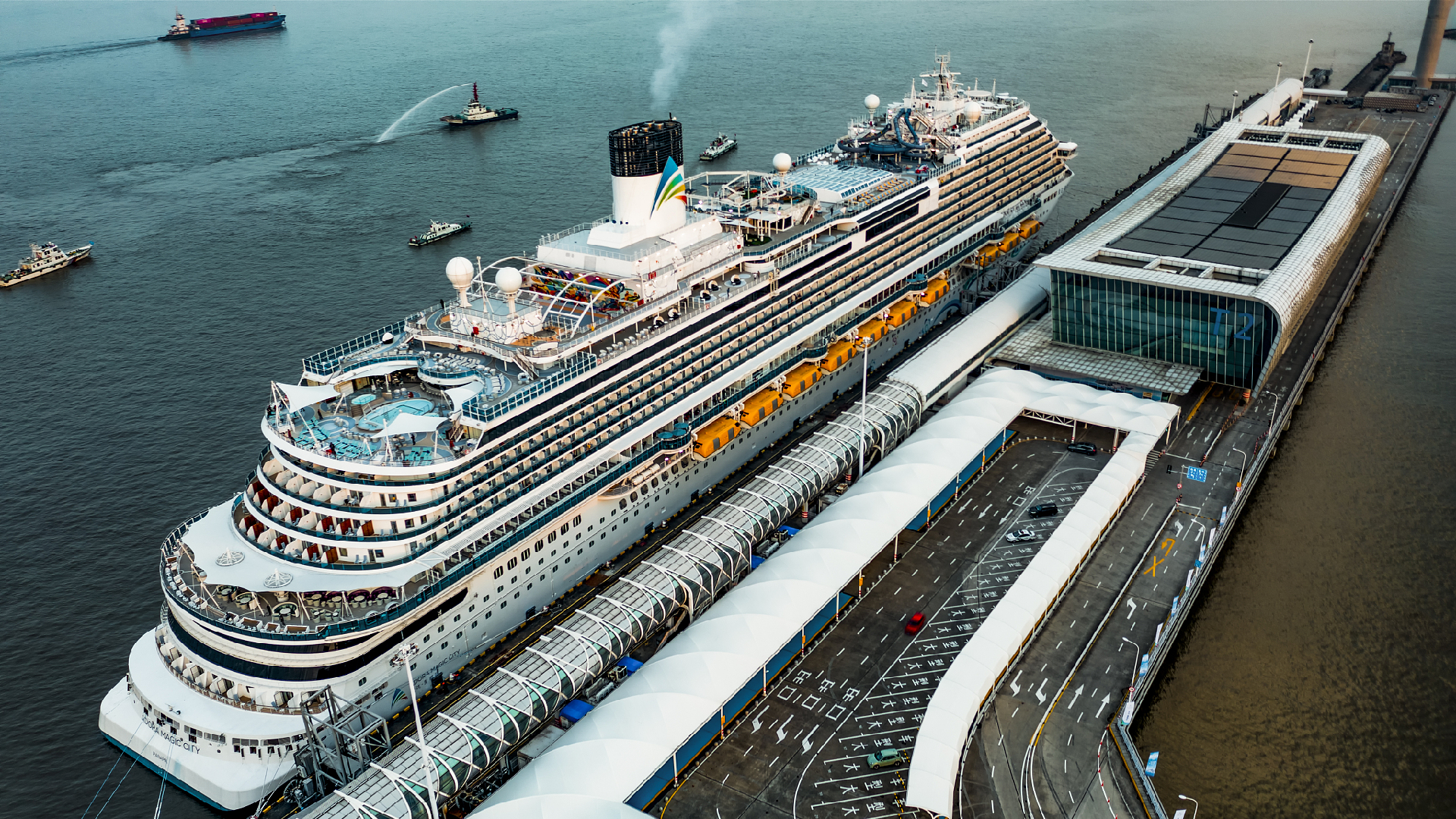China's Shipbuilding Industry Surges in H1, Cementing Leading Position
According to data released Tuesday by the Ministry of Industry and Information Technology (MIIT), China's shipbuilding industry experienced notable growth in the first half of this year, further cementing its status as a global leader.

Between January and June, China completed shipbuilding projects totaling 25.02 million deadweight tonnes (DWT), marking an 18.4 percent rise compared to the same period last year. New orders skyrocketed to 54.22 million DWT, showing an impressive year-on-year increase of 43.9 percent.
By the end of June, the order book reached 171.55 million DWT, a 38.6 percent increase from the previous year.
MIIT’s data also highlights China's leading role in the global shipbuilding market. In the first half of this year, the nation's shipbuilding completions, new orders, and order book as measured by DWT represented 55 percent, 74.7 percent, and 58.9 percent of the global totals, respectively.
For 2023, the three key market indicators were at 50.2 percent, 66.6 percent, and 55 percent, respectively.
Despite the uncertain global economic landscape and the effects of trade protectionism and de-globalization on the shipbuilding sector, China's economy shows resilience, and maritime trade recovery continues, said Cao Bo, deputy director of the statistical information department of the China Association of the National Shipbuilding Industry (CANSI).
"In June this year, as the shipbuilding industry continued to recover, the new ship price index climbed to 187.23, an increase of 9.5 percent year on year, reaching its highest level since September 2008," Cao added.
CANSI's statistics also reveal that the main business income of China's large-scale shipbuilding enterprises increased by 31.5 percent year on year in the first quarter of this year.
The shipping industry plays a pivotal role in global economic development and acts as an indicator of China's macroeconomic health. This year, several ports in China have shown continuous growth in throughput.
For instance, from January to June, Ningbo-Zhoushan Port, the world’s busiest port in terms of cargo throughput, handled 708 million tonnes of cargo, a 4.2 percent increase year on year, and 19.17 million twenty-foot equivalent units (TEUs) of containers, up by 8.4 percent. Guangzhou Port is estimated to have processed 12.21 million TEUs, reflecting a 6.3 percent growth.
Wu Chungeng, chief planner with the Ministry of Transport, noted that in 2023, China's waterway cargo transport volume remained the highest globally and continued to grow steadily in the first half of this year.
"Maritime transport handles about 95 percent of China's foreign trade cargo," Wu said at a recent forum. "China's international shipping volume now accounts for nearly one-third of the global total, further highlighting its role as a ballast in international shipping."
Read more: Smart ports help China consolidate its booming foreign trade
Olivia Brown contributed to this report for TROIB News
Discover more Science and Technology news updates in TROIB Sci-Tech












